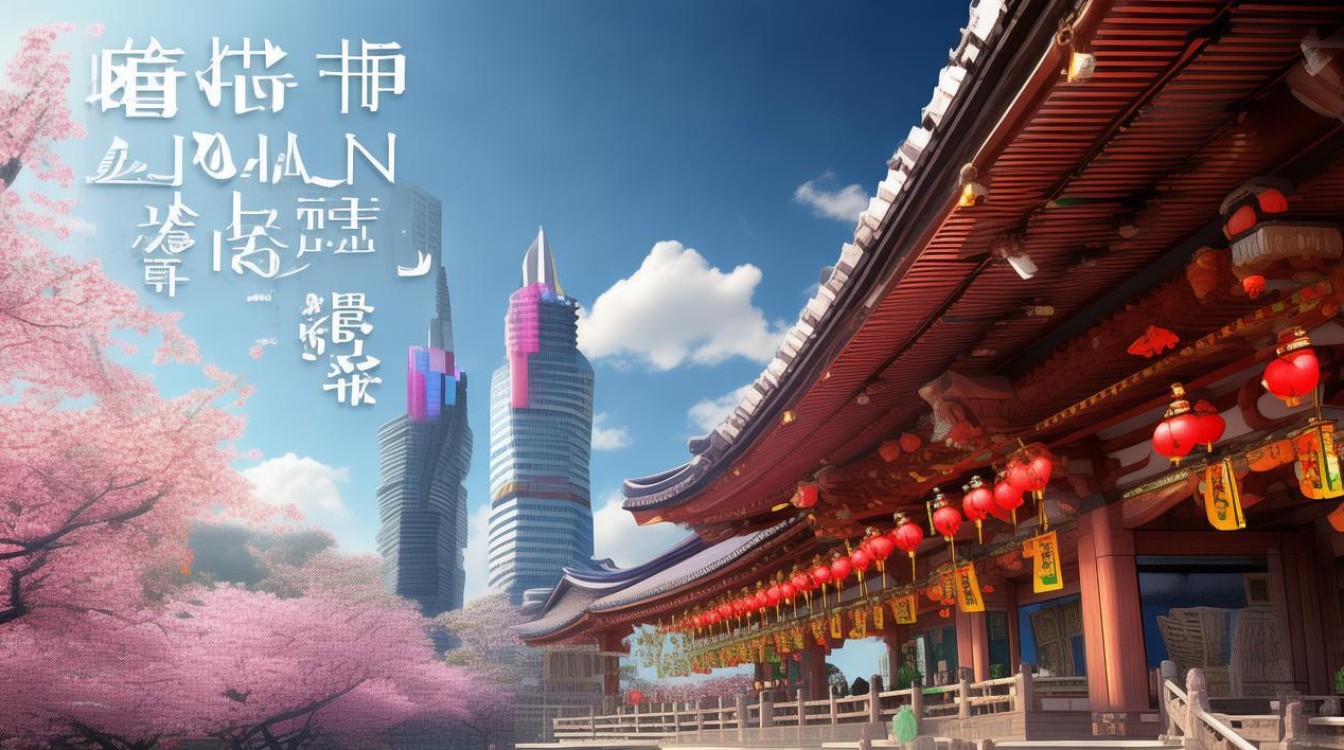Japan is a country where ancient traditions blend seamlessly with cutting-edge technology. From serene temples to bustling cityscapes, this island nation offers a unique experience for every traveler. Understanding Japan’s culture, history, and modern advancements can enrich anyone’s perspective.

The Rich Cultural Heritage
Japan’s history spans thousands of years, with influences from China and Korea shaping its early development. The Heian period (794–1185) marked the rise of classical Japanese literature, including The Tale of Genji, often considered the world’s first novel. Traditional arts like tea ceremonies, ikebana (flower arranging), and kabuki theater remain integral to Japanese identity.
Shinto and Buddhism are the dominant religions, coexisting harmoniously. Visitors can explore iconic shrines like Fushimi Inari in Kyoto, famous for its thousands of red torii gates. Meanwhile, Buddhist temples such as Kinkaku-ji (the Golden Pavilion) showcase stunning architecture and tranquil gardens.
Modern Innovations and Technology
While deeply rooted in tradition, Japan is also a global leader in technology. Cities like Tokyo and Osaka are hubs for innovation, from robotics to high-speed rail. The Shinkansen, or bullet train, revolutionized transportation with its efficiency and punctuality. Companies like Sony, Toyota, and Nintendo have made significant contributions to global industries.
Japan’s dedication to research and development is evident in fields like artificial intelligence and renewable energy. Robotics, in particular, plays a crucial role, with humanoid robots like ASIMO demonstrating Japan’s advancements.

Cuisine: A World of Flavors
Japanese food is celebrated worldwide for its freshness and presentation. Sushi, sashimi, and tempura are well-known dishes, but regional specialties offer even more variety. Ramen varies by region—Hokkaido’s miso ramen differs from Kyushu’s tonkotsu broth.
Kaiseki, a multi-course meal, reflects seasonal ingredients and meticulous preparation. Street food like takoyaki (octopus balls) and okonomiyaki (savory pancakes) provide quick yet delicious options.
Natural Beauty and Seasonal Changes
Japan’s geography includes mountains, forests, and coastlines, offering breathtaking scenery. Mount Fuji, an active volcano, is a symbol of Japan and a popular hiking destination. Cherry blossoms (sakura) in spring attract millions, while autumn brings vibrant foliage.
Onsen (hot springs) are another highlight, with towns like Hakone and Beppu known for their therapeutic waters. These natural wonders provide relaxation and a deep connection to the environment.

Etiquette and Social Norms
Politeness and respect are central to Japanese society. Bowing is a common greeting, and removing shoes before entering homes is standard. Public transportation is remarkably clean and quiet, with passengers avoiding loud conversations.
Understanding these customs enhances interactions with locals. For example, slurping noodles is acceptable, while tipping is not. Learning a few basic phrases in Japanese, like arigatou gozaimasu (thank you), is always appreciated.
Festivals and Celebrations
Matsuri (festivals) occur throughout the year, each with unique customs. Gion Matsuri in Kyoto features elaborate floats, while Sapporo’s Snow Festival displays massive ice sculptures. Summer fireworks festivals, like those along the Sumida River, draw huge crowds.
New Year (Shogatsu) is the most important holiday, marked by temple visits and special meals. Hanami (flower viewing) parties during cherry blossom season are a beloved tradition.

Why Japan Captivates Visitors
Japan’s appeal lies in its ability to balance tradition and modernity. Whether exploring historic sites, indulging in gourmet cuisine, or witnessing technological marvels, there’s always something new to discover. The country’s cleanliness, safety, and efficient public transport make it an ideal destination.
For anyone seeking a deeper understanding of Japan, immersing in its culture—whether through language, food, or travel—offers endless rewards. The blend of old and new creates an experience unlike any other.



